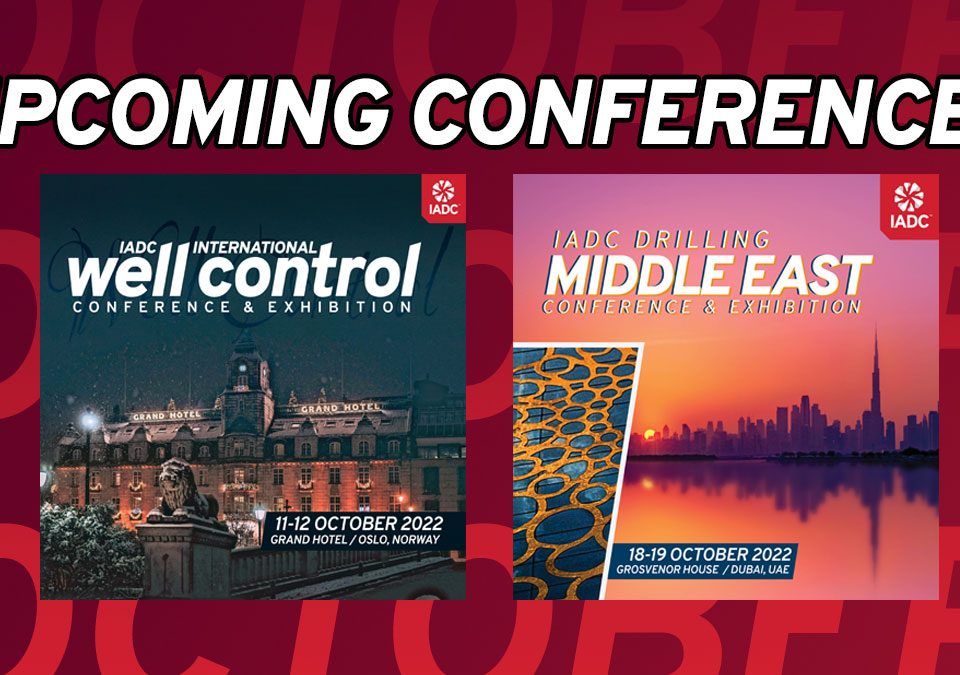Identification of Chemical Abusers in Work Areas
Identification of Chemical Abusers in Work Areas
- SICK LEAVE—unusually high medical treatment records and excessive sick leave.
- Frequent unexplained ABSENTEEISM.
- Reporting for work late frequently and attempting to leave work early without good reason.
- Frequent requests for wage advances or company loans.
- DIVORCES—tied to drug use.
- ARRESTS—tied to drug use.
- ACQUAINTANCES—if a person spends time with known users, he is probably using drugs himself.
- WASTING TIME ON THE JOB—water fountain, locker room, bathroom, looking for an opportunity to inject drugs, being preoccupied with personal problems.
- MANIPULATION—excessive complaints to avoid working.
- APPEARANCE—eyes, needle marks, poor hygiene, drowsiness, sloppy dress, puffiness, hangover, long hair or no hair.
- AGE—generally persons over age 30 are less likely to be involved with drugs than persons under age 30.
- ATTITUDE – TEMPER
- JOB PERFORMANCE—unsafe performance, decrease in production, increasing the Alibi System.
- PARAPHERNALIA—roach clips, hypodermic syringe and needles, cigarette papers, burns, spoons, bottle caps, cough medicine bottles, medicine droppers, prescription bottles, seeds, drug magazines.
- LOITERING in the parking lot or non-secure areas.
- Sudden unexplained AFFLUENCE—THEFT or high pilferage rates.
- ODOR on breath from alcohol or breath fresheners.
- Witness reports of suspected drunkenness but absence of measurable blood alcohol level or other signs of drinking.
- Hand-rolled or crudely made cigarettes containing a coarse tobacco-like substance (marijuana) in a cigarette paper with the ends pinched and twisted together.
- Persistent ODOR of burnt grass or burnt hay clinging to clothing.
- GREAT CON MAN—knows all answers before the questions are asked.
- During job interview—nodding, scratching, and yawning, indicate recent drug use. To counteract, the drug user may talk rapidly without making much sense.
- Restlessness and difficulty sitting still for period of time.
- EYES—red and watery; dilation of pupils with use of marijuana and amphetamines (uppers); constriction of pupils with barbituates (downers) — heroin and morphine.
- Employee insists on wearing dark glasses indoors and out may be concealing dilated or constricted pupils.
- TRACK MARKS (old scars) over veins in legs, arms, neck, ankles and between toes and fingers. Long sleeve shirt and blouse in hot weather may be worn to cover up marks.
- Musty odor or body stench.
- Constant licking of lips to keep them moist resulting in chapped, raw lips.
- Drastic loss of weight.
- Tremor of hands.
- Often a chain smoker, but seldom uses filter tips.
- Eats a lot of candy and sweets, drinks soft drinks, but does not bother much with healthful food (“munchies”).
- Stomach is frequently upset.
- The applicant who says he has lost his drivers license or does not have one and cannot find a good explanation.
- Persons with cigarette papers or pipe and no tobacco.
- Marijuana seeds and stems.
- STAINS on thumb and forefinger from marijuana use.
- Burn holes in clothing.
- Wooden matchboxes, cardboard match folders, stash cans.
- 35 millimeter film cans; tobacco tins; plastic sandwich bags.
- INCENSE.
- PIPE SCREENS—filter for marijuana pipe.
- BALLOONS—used to carry heroin. Will swallow if the user feels close to detection.
- PACKETS OF PILLS—aluminum foil or cellophane.
- AMPHETAMINES (UPPERS)—aggressive behavior; silliness; rapid speech; confused thinking; no appetite; extreme fatigue; dry mouth and shakiness. Look for jars of pills of varying colors, chain-smoking.
- BARBITUATES (DOWNERS)—drowsiness; stupor; dullness; slurred speech; drunk appearance; vomiting. Look for pills of varying colors.
- HALLUCINOGENICS—hallucinations; incoherent speech; cold hands and feet; vomiting; laughing and crying. Look for cube sugar with discoloration in center, strong body odor, small tubes of liquid.
- HARD DRUGS—stupor; drowsiness; needle marks on body; watery eyes; blood stain on shirt sleeve; runny nose. Opium – Heroin – Morphine – Codeine. Look for needle or hypodermic syringe, cotton, tourniquet (string, rope, or belt), burnt bottle, caps or spoons, glassine envelopes.



